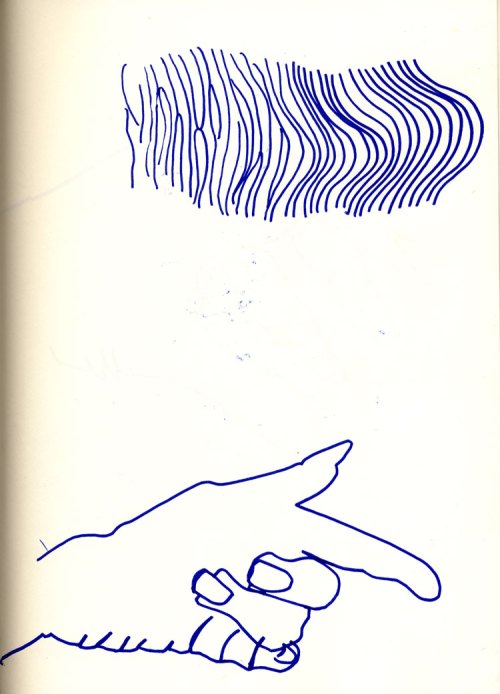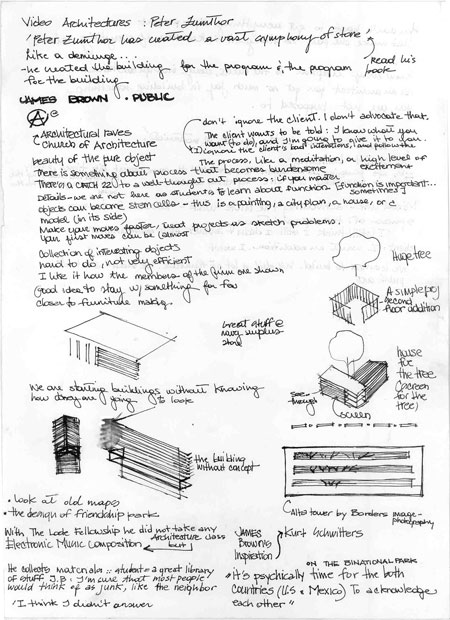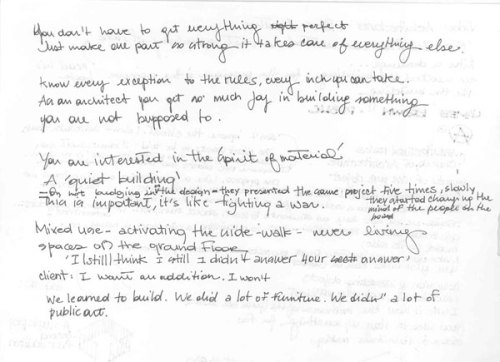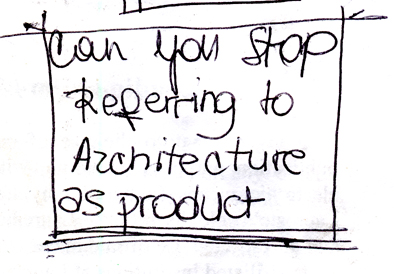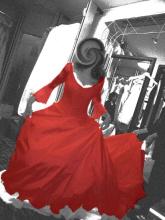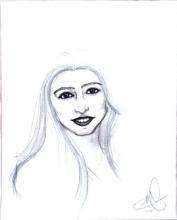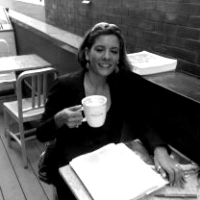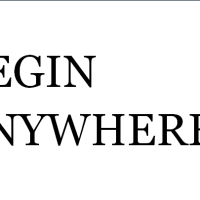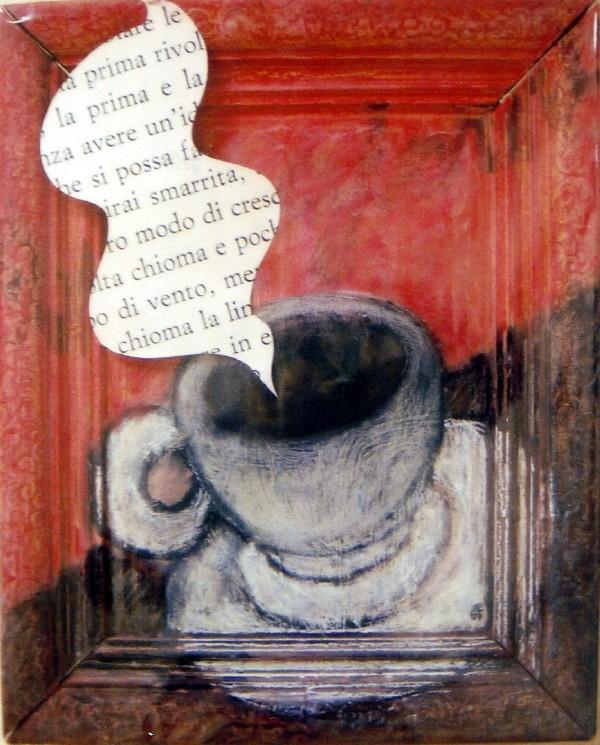I hope everyone’s having a fabulous beginning of August.
I am really trying.
I plan to go to some movie under the stars, or at the park, or on a roof, like Cinema Paradiso. A good black and white movie, preferably a noir Hitchcock, would be the cat’s meow.
I am officially suffering from wanderlust. If I could be in five places at once I would be home in Calabria (Southern Italy), in Cuba, Ibiza and Greece and of course right where I am, having a Summer of Art with my students. They really need to get this teleportation thing going, so I could just zip away for the weekend, or we could just do three days of plein air sketching in Florence!
Le Corbusier said that we need to see with new eyes. How true; in Architecture, drawing, and, most of all, in life. Looking is not seeing. SO part of the renewal is to give your eyes something different to contemplate (i.e. do something new!). I pledge to pick up my local weekly and get out of my comfort zone (even my beloved neighborhood! I know, hard to believe). Yesterday, to start the month right, I trekked couple of hours to the beach (with my sketchbook, of course!)
To develop new eyes, and to stretch different parts of the brain, we have been working in class from “Drawing on The Right Side of the Brain.” One of its famous exercises is to draw an object without looking at the paper, preferably without lifting your pen or pencil. I tried it out with my hand.
The fingerprint/pattern was inspired by a) this fascinating article on The NewYorker on fingerprints, art and forensic science and b) paying attention to things we don’t even see anymore, or take for granted. Here is our uniqueness. We are all snowflakes, and just as fragile.
Draw your hand without looking at the paper, take a photo and send it to me (sketchbloom at gmail dot com) or linkback.
I am curious.


